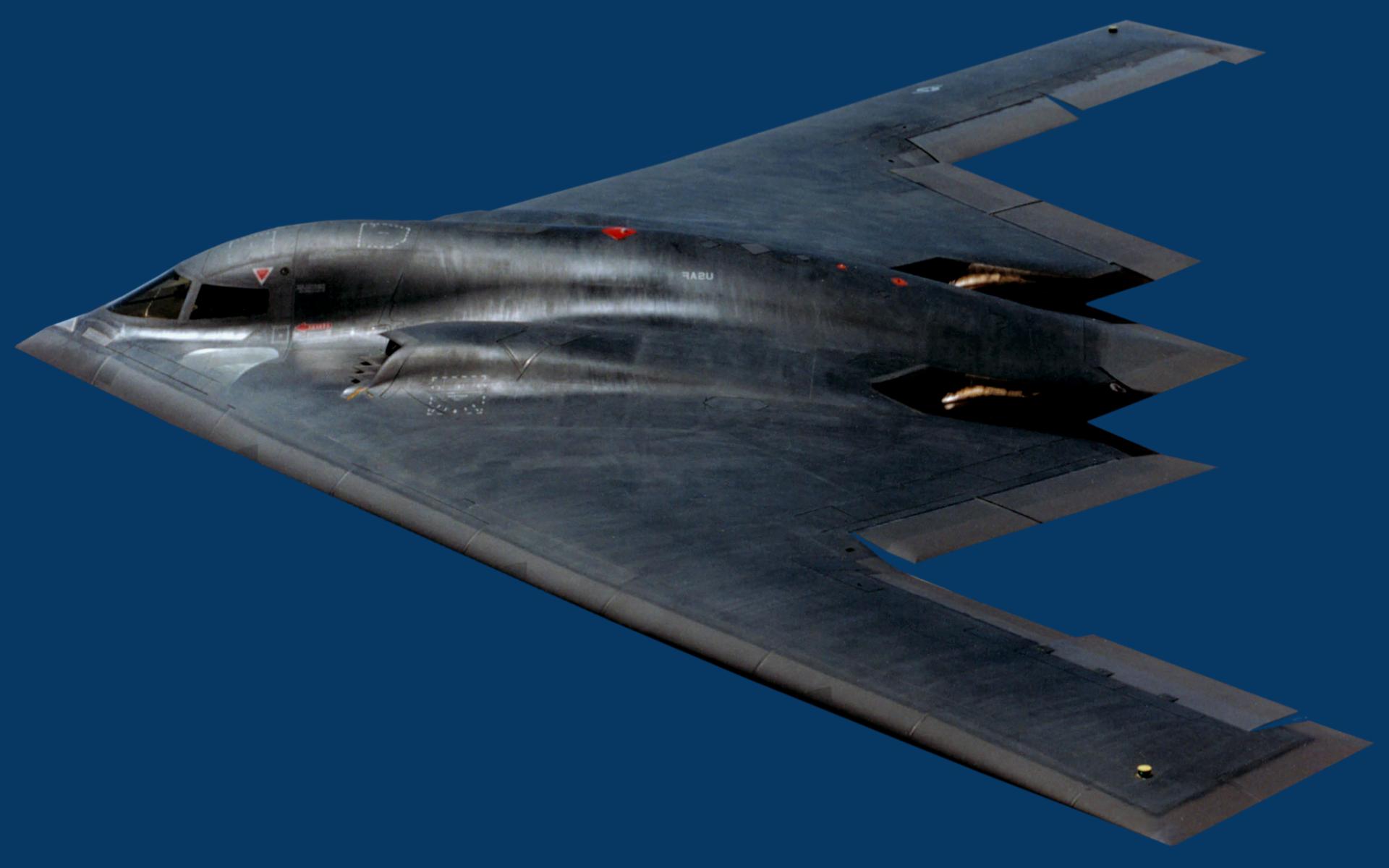Achieving MIL-STD-704 Compliance. This paper explores the crucial aspects of achieving MIL-STD-704 compliance for aircraft power systems. The paper outlines the key requirements of the standard, discusses its significance in ensuring the proper functioning of aircraft power systems, and presents best practices for achieving compliance. By understanding and implementing these practices, aerospace manufacturers and operators can enhance the reliability and safety of their aircraft.
Introduction: Aircraft power systems play a critical role in maintaining the functionality and safety of airborne operations. The MIL-STD-704 standard, established by the United States Department of Defense, provides a set of guidelines for designing, testing, and verifying the electrical characteristics of power systems within military aircraft. Adherence to this standard is imperative to ensure that aircraft power systems operate reliably under various conditions.
Key Requirements of MIL-STD-704: MIL-STD-704 compliance encompasses a range of electrical characteristics and performance criteria that aircraft power systems must meet. These requirements address voltage levels, frequency stability, phase relationships, and other factors that influence the power quality and reliability of the system. Some key requirements include:
- Voltage Limits: The standard defines acceptable voltage levels for different phases of operation, including normal, abnormal, and emergency conditions. Compliance ensures that the power system can withstand voltage variations without compromising critical functions.
- Frequency Stability: Aircraft power systems must maintain stable frequency levels within specified tolerances. This stability is crucial for the synchronization of various onboard systems and the reliable operation of sensitive equipment.
- Transient Response: The standard outlines how power systems should handle sudden load changes and transient events without causing disruptions or damage. Robust transient response is essential to prevent power fluctuations from affecting critical aircraft functions.
- Phase Relationships: Proper phase relationships between different power sources and loads are essential for maintaining a balanced and efficient distribution of electrical power throughout the aircraft.
- Compatibility: Aircraft power systems should be designed to interface seamlessly with various equipment and subsystems, ensuring consistent and reliable power supply across the aircraft’s systems.
Significance of MIL-STD-704 Compliance: Achieving MIL-STD-704 compliance goes beyond meeting regulatory requirements; it directly impacts the reliability, safety, and operational efficiency of aircraft power systems. Non-compliance can lead to various operational issues, including power disruptions, voltage instability, equipment malfunction, and even potential safety hazards. By adhering to the standard, aerospace manufacturers and operators can ensure:
- Reliability: Compliance enhances the overall reliability of aircraft power systems, minimizing the risk of unexpected failures that could compromise mission success or passenger safety.
- Interoperability: Conforming to MIL-STD-704 ensures compatibility with a wide range of military equipment and systems, facilitating seamless integration and communication between different components.
- Safety: Adherence to the standard reduces the likelihood of power-related accidents or incidents that could endanger both the aircraft and its occupants.
- Maintenance Efficiency: Compliant power systems are more predictable and easier to maintain, reducing the need for frequent repairs and costly downtime.
Best Practices for Achieving MIL-STD-704 Compliance: To achieve MIL-STD-704 compliance, aerospace professionals should follow a set of best practices during the design, manufacturing, testing, and operation of aircraft power systems:
- Early Design Considerations: Incorporate MIL-STD-704 requirements into the initial design phase of aircraft power systems. Consider factors such as load variations, transient response, and voltage stability from the outset.
- Robust Testing Protocols: Rigorous testing is essential to validate compliance. Employ advanced testing methods, including simulation and real-world scenarios, to ensure that power systems can withstand a range of operational conditions.
- Component Selection: Choose components and materials that can withstand the harsh environments and conditions that military aircraft may encounter. This includes selecting components with appropriate voltage and frequency ratings.
- Redundancy and Resilience: Incorporate redundancy into critical power system components to ensure continued operation in the event of a failure. Redundancy enhances system reliability and reduces the risk of power interruptions.
- Regular Maintenance: Establish a comprehensive maintenance schedule to monitor and assess power system performance. Regular inspections and maintenance activities can identify potential issues before they lead to system failures.
Conclusion: Achieving MIL-STD-704 compliance is fundamental to ensuring the reliable operation of aircraft power systems. By adhering to the standard’s requirements and implementing best practices, aerospace manufacturers and operators can enhance the safety, reliability, and efficiency of their aircraft. Meeting these standards not only meets regulatory obligations but also contributes to the overall success of military aircraft missions and passenger safety.
References:
- United States Department of Defense. (2012). MIL-STD-704H: Aircraft Electric Power Characteristics. Washington, DC.
- SAE International. (2007). ARP5015: Design and Installation of Aircraft Electrical Power Systems. Warrendale, PA.
- NASA Technical Standards Program. (2016). NASA-STD-4005: Standard for Aircraft Electric Power Systems. Washington, DC.
- Rodriguez, M. A., & Doulgeris, G. (2018). Aircraft Electrical Power Systems: Analysis, Modelling, and Control. CRC Press.
- Dempsey, A. (2015). Power Integrity: Measuring, Optimizing, and Troubleshooting Power-Related Parameters in Electronics Systems. McGraw-Hill Education.
- Popescu, D. C., & Mecklenbräuker, C. F. (2013). Power Quality Enhancement of Aircraft Electrical Systems Using Hybrid Active Power Filters. IEEE Transactions on Industrial Electronics, 60(5), 1824-1833.
- Wang, Y., Du, H., & Du, Z. (2017). Research on Transient Voltage Dips in Aircraft Electrical Power System. In 2017 IEEE 5th International Conference on Electric Power Equipment Switching Technology (EPEST), 1001-1005.
- Kim, D. H., & Liang, Z. (2016). Improved Model for MIL-STD-704F Requirements of Aircraft Power Distribution Systems. IEEE Transactions on Aerospace and Electronic Systems, 52(1), 349-359.
- Green, J. L., & Bucher, C. A. (2017). A Survey of Electric Power Generation in Aircraft. SAE International Journal of Aerospace, 10(2), 187-196.
- Johnson, R. C., Johnson, K. E., & Guan, R. (2017). A Survey of Aircraft Electric Power Systems and Modeling Approaches. IEEE Transactions on Transportation Electrification, 3(2), 411-423.





